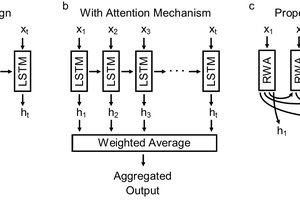In order to answer this question, we will first assume a spherical tumor. Furthermore, the exchange of substances must take place over its surface as for cells. If V is the sphere volume, A is the sphere surface and r is the sphere radius,
applies, which can be demonstrated easily:
A well-known tumor model is the Mendelsohn model [1] with the tumor volume V(t) and the proportionality constant a:
The Mendelsohn model describes unlimited growth. However, a tumor in the early stage has a sigmoid growth curve, meaning that we cannot follow this model further, but must make a modification by approximating the A/V-Ratio. We will use the following series representation (without proof)
with the domain
for this. By the ratio test, the series (3) converges.
If we stop developing the series at n = 1, we obtain
We define
K will always be designated as capacity below. Therefore, our new model is
This is the Gompertz equation after the growth model of the same name.
A general differential equation can be obtained from (3):
For i = 0 we obtain the exponential growth law, for i = 1 the Gompertz growth law and for i = ∞ the Mendelsohn model. More sigmoid functions can be generated if i is odd.
A second series representation of x^(-k) (without proof) is given by
Let the same domain as for the series representation (3) apply, then the series (7) converges by the ratio test when |1 - x| < 1.
We therefore obtain a further general differential equation:
The result for i = 1 is the Bernoulli differential equation of the logistic growth model. We define
which immediately results in the following:
For i = 0 we obtain again the exponential growth law and for i = ∞ the Mendelsohn model. Also here more sigmoid functions can be generated if we choose i accordingly.
A third series representation of x^(-k) (again without proof) should also be mentioned for reasons of completeness:
again with the same domain as series representation (3) and (7). By the ratio test, the series (10) converges also.
In the same way, we obtain the general differential equation for this:
For i = 0 we obtain linear growth law, for i = ∞ we of course obtain the Mendelsohn model and for i = 1
with the solution
whereby C represents the integration constant and Ei the integral exponential function.
References
[1] http://www.ncbi.nlm.nih.gov/pmc/articles/PMC4768423/
 M. Bindhammer
M. Bindhammer



 Braemar Wall Furnace Mode
Braemar Wall Furnace Mode
 Tim
Tim

 Jared (jostmey)
Jared (jostmey)
This is very facinating work here!